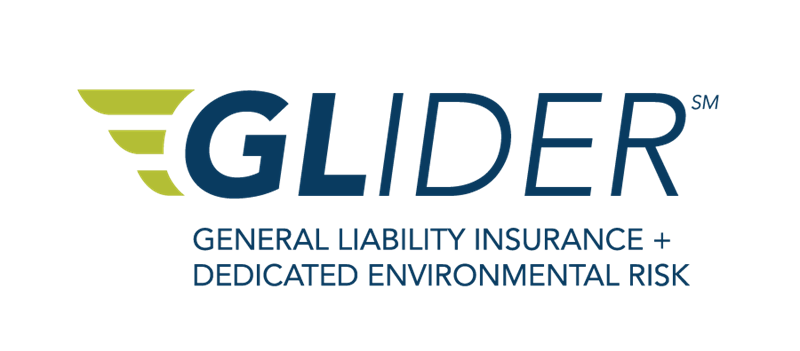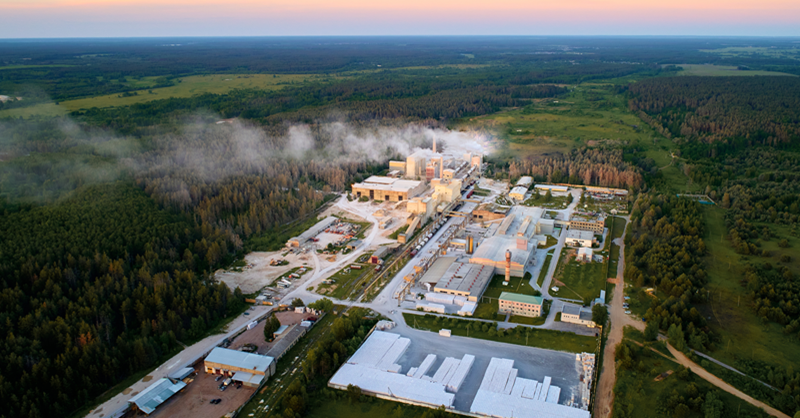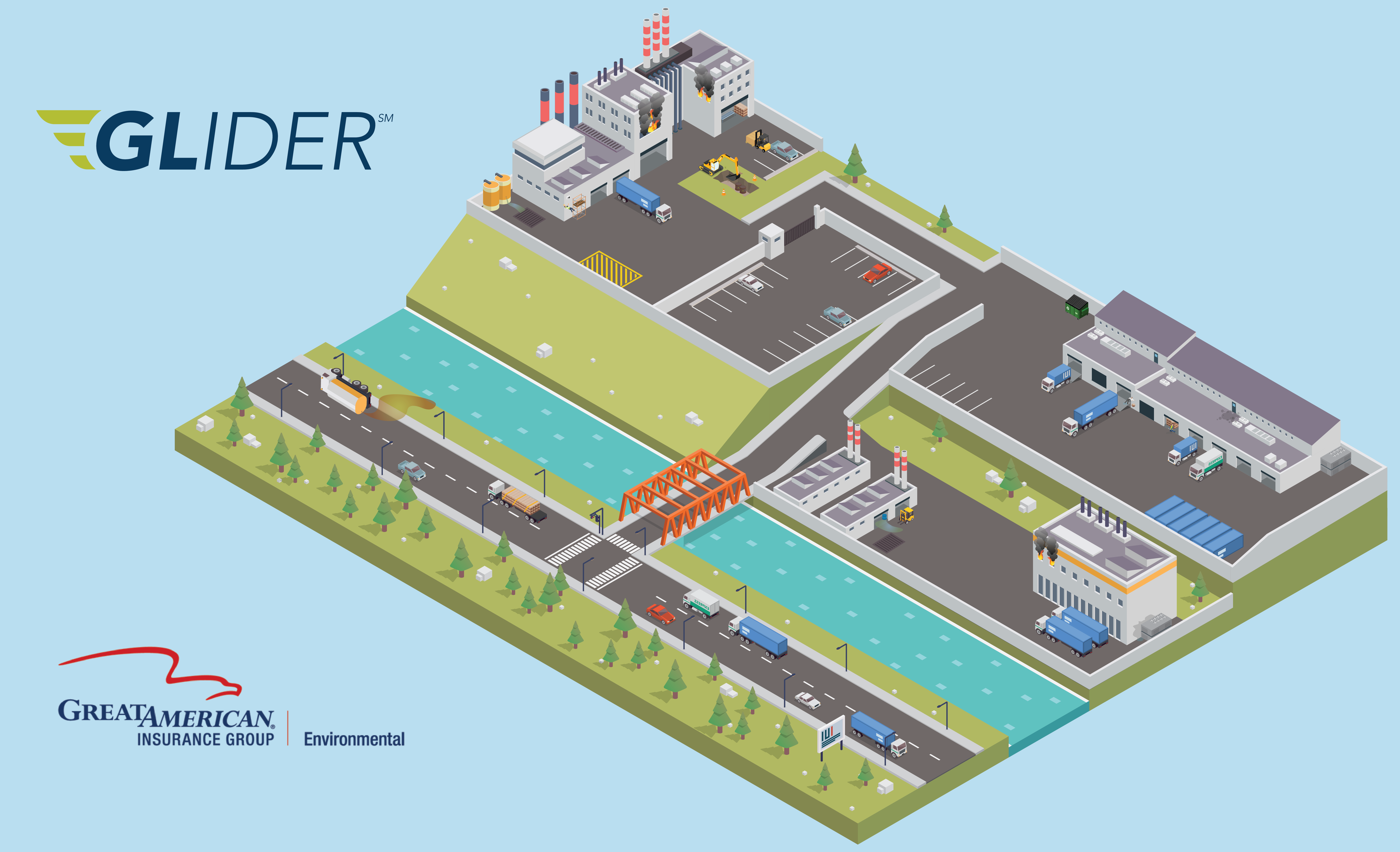Warehouse Riskopolis
- Share now:
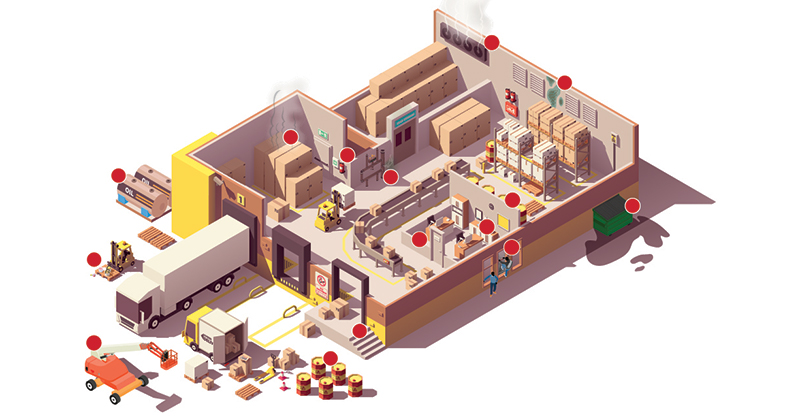
The logistics industry poses many hazards. Whether at the warehouse or through transportation management, there are countless environmental concerns that require proper coverage. Are your warehouse clients protected against these environmental dangers that could be lurking?
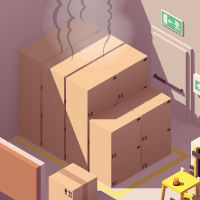
Contaminated Fire
A fire occurred in the middle of the night at a warehouse facility. Responders to the fire discovered heavy smoke settling over a nearby residential community. It was determined that various hazardous materials were stored in the warehouse and that vapors from the fire could present a serious health hazard. Residents were advised to stay in their homes. Several claims alleging bodily injury due to inhalation of toxic fumes were filed by nearby residents. The warehouse owner also incurred additional expenses associated with the defense and settlements.
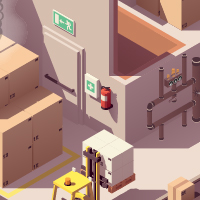
Contaminated Fire
After an unexpected warehouse fire was extinguished, testing revealed that PFAS contamination was present in the soils beneath and around the warehouse, resulting from contaminated fire suppression water. Further investigation and subsequent cleanup activities were required.

Illicit Abandonment
An owner repossessed a warehouse from a renter who had missed several payments. Upon gaining control of the rental space, they found five drums of hazardous material stored in the facility. The renter could not be found, so the owner of the warehouse was required to pay for the cost of disposing the drums. In addition, soil investigations were required to inspect leaks through concrete cracks in the floor of the unit, which ultimately resulted in the need to excavate several tons of impacted soils.
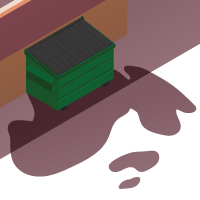
Hazardous Liquid Waste
An unknown party illegally placed a container of hazardous liquid waste into a dumpster at a warehouse facility. The container leaked and contaminated the content within the dumpster which, in turn, contaminated the waste on the tipping floor of the transfer station. Cleanup costs and legal fees were incurred.
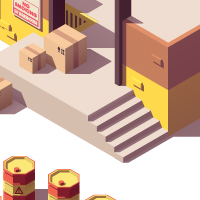
Mold
A warehouse owner received several complaints from facility workers about musty odors coming from the storage units. Upon investigating, it was determined the downward sloped walkway that led into the unit caused rainwater to leak into the service entrance. Results of the investigation also showed the warehouse ventilation was poor. The combination of rainwater intrusion and poor ventilation over the years caused extensive mold contamination, which needed to be remediated.
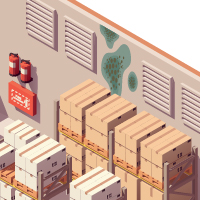
Mold
During a particularly heavy storm, rainwater gathered in a puddle on the roof of a warehouse building. Due to a clogged drain, the water level rose higher than the installed protective flashing and entered the drywall behind a stocking shelf. Over time, mold began to grow and was not discovered until odors were noticed, leading to costly cleanup and the potential for bodily injury claims from the warehouse workers.
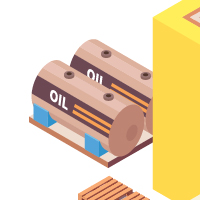
Redevelopment of a Warehouse
Looking to expand their logistical operations, an e-commerce company purchased a large piece of property that seemed suitable for redevelopment into a warehouse. Prior to their purchase, the company went through proper due diligence and conducted a Phase I site assessment. The Phase I did not note any known contamination onsite, but as the company began construction, they discovered petroleum contamination from an unknown heating oil tank. As a result, construction halted, and the company had to incur remediation expense.

Distribution Facility- Chemical Release
Over a weekend, vandals climbed the fence of a chemical distribution facility. They broke a few windows and also damaged a valve on a chemical tank that was stored inside the facility. Unfortunately, the damaged valve leaked and wasn’t discovered by employees until Monday morning. The spill area was required to be cordoned off, which delayed all facility operations in the area. Cleanup of the spill required removal of a portion of the concrete flooring and additional costs for special disposal and site restoration.

Leaking Materials
While loading a shipment onto a distribution truck, a storage tote of paint was impaled by a forklift. The material spilled into a storm drain, which emptied into a nearby stream. The local environmental authority required cleanup of the paint along the stream banks, and natural resource damage claims were assessed due to the impact to fish and wildlife habitat.
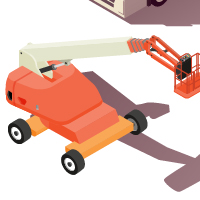
Warehouse Diminution in Value
A lender who provided a loan for a large warehouse had purchased a commercial lender environmental policy. After foreclosure, it was discovered that the hydraulic lifts within the warehouse had been neglected and leaked, resulting in the release of PCBs. Due to the nature of the release, clean-up was limited and elevated levels of PCBs were allowed to remain in place following remediation. As a result, the lender, based on the now contaminated site losing its value, made a diminution in value claim.

PCB Release
A financial institution was preparing a foreclosed warehouse facility for re-sale. While the facility was unoccupied, thieves broke into the structure in an attempt to steal wiring and copper piping. In the process, the thieves damaged a transformer releasing PCB containing oil to the floor. The financial institution was responsible for the cleanup of the contaminated concrete and soils.

Warehouse Contractor - Silica Dust
A contractor, performing a renovation project at an old warehouse facility, was sued by employees of a nearby office building. The claimants asserted that they were exposed to silica dust coming from the job site. The claimants reported damages for bodily injury asserting that the required measures were not used to prevent or minimize dust emission during the project.
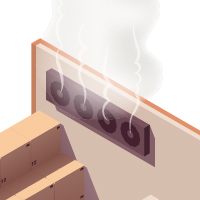
Ammonia Gas Release
A contractor was hired to upgrade the refrigeration system of a cold storage warehouse. During installation, a failed valve system caused an ammonia leak. The release resulted in a toxic cloud of ammonia that caused respiratory distress of the onsite workers and evacuation of neighboring businesses. The warehouse was held responsible for the defense of the bodily injury claims as well as numerous business interruption claims that were filed by surrounding tenants.

Chlorinated Solvents
A small company which leased an industrial unit from a large property owner went into liquidation. Contractors employed to refurbish the unit discovered large and poorly maintained process tanks leaking chlorinated solvents. Furthermore, chemicals escaped through cracks in the concrete floor, causing extensive soil and groundwater contamination to the surrounding property. Significant expense was incurred to remove the source, impacted soils and to install a groundwater treatment system.

Chlorinated Solvents
Contamination at a property had the potential to impact sensitive water resources. As a result of the former tenant going into liquidation, the property owner became liable for the resulting environmental exposures. Investigations were undertaken and extensive risk modeling was prepared to determine the potential impacts on local water resources.









.png?sfvrsn=396e21b1_2)
